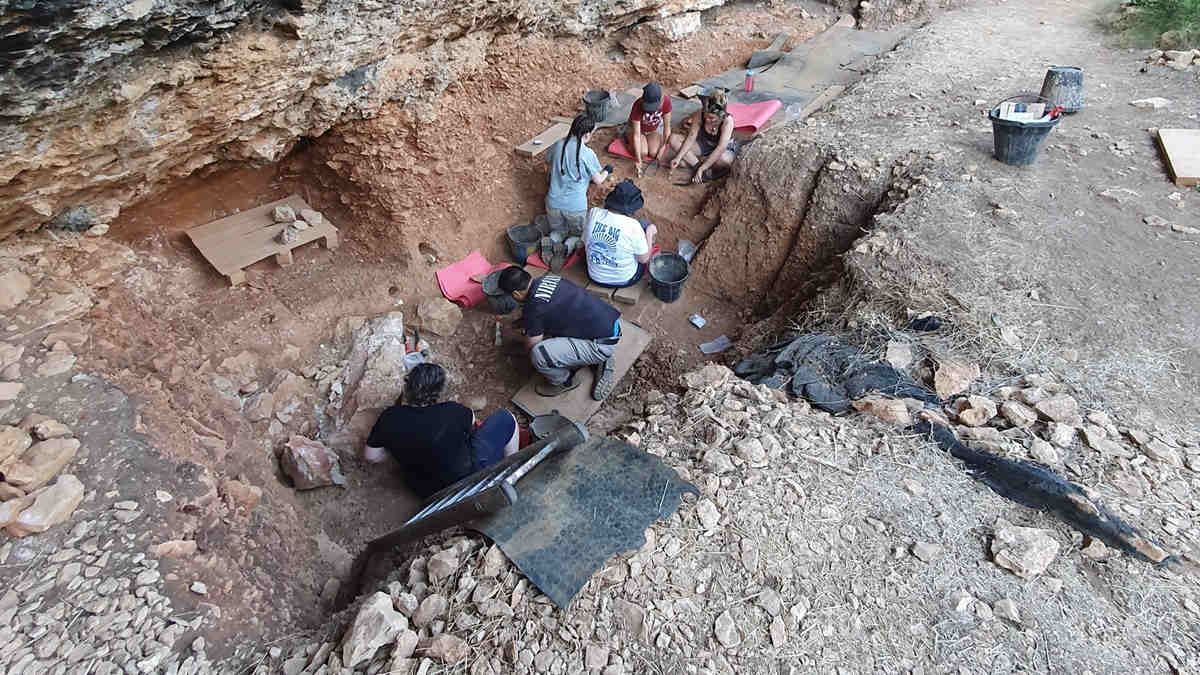New finds in the Southern Pyrenees in Spain are offering up clues into a poorly known period of Neanderthal history.
Abric Pizarro is an archaeological site in an uncharted area of the foothills which could help explain what caused the downfall of Neanderthals. It is one of only a few sites in the world which covers the period from 100,000 to 65,000 years ago.
Archaeologists uncovered hundreds of thousands of artefacts from that time. Among them are stone tools and animal bones.
Analysis of these findings is published in the Journal of Archaeological Science.
“Our surprising findings at Abric Pizarro show how adaptable Neanderthals were,” says lead author Sofia Samper Carro, an archaeologist at the Australian National University.
“The animal bones we have recovered indicate that they were successfully exploiting the surrounding fauna, hunting red deer, horses and bison, but also eating freshwater turtles and rabbits, which imply a degree of planning rarely considered for Neanderthals.”
She adds that the discovery of small animal bones dispels the belief that Neanderthals were slow, lumbering people only capable of hunting large animals.
“Through the bones that we are finding, which display cut marks, we have direct proof that Neanderthals were capable of hunting small animals,” Samper Carro says. “The bones on this site are very well preserved, and we can see marks of how Neanderthals processed and butchered these animals.
“Our analysis of the stone artefacts also demonstrates variability in the type of tools produced, indicating Neanderthals’ capability to exploit the available resources in the area.”
“They clearly knew what they were doing,” she adds. “They knew the area and how to survive for a long time.”
How then, did the Neanderthals get wiped out?
“Neanderthals disappeared around 40,000 years ago. Suddenly, we modern humans appear in this region of the Pyrenees, and the Neanderthals disappear. But before that, Neanderthals had been living in Europe for almost 300,000 years,” Samper Carro explains.
Further study of the unique Abric Pizarro site may yield answers, covering a little understood and crucial period in ancient human history.
“We 3D plot every single remain found larger than one to two centimetres. This makes our work slow, and we have been excavating some of these sites for over 20 years, but it turns into a uniquely precise recording of the sites,” Dr Samper Carro says.
“We are interested in how the different data relates to each other, from stone tools to bones and hearths. This more thorough excavation gives archaeologists information on how Neanderthals lived and how long they were in an area.
“It’s not only the individual materials that give us clues, but also where exactly they are found in relation to other materials on the site that helps us understand how and when Neanderthals were visiting these sites. Were they settled there or just passing through?”





















Discussion about this post